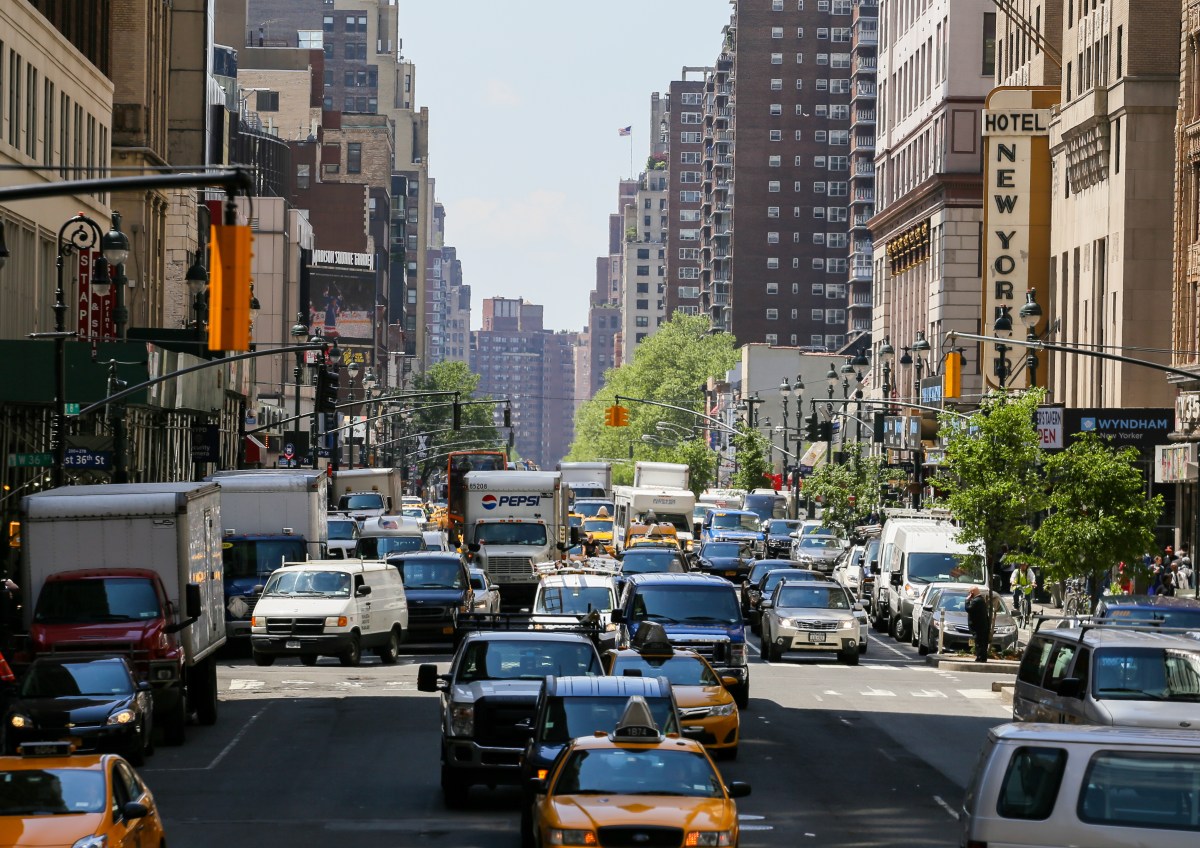(Reuters) – Here’s what you need to know about the coronavirus right now:
The ozone effect
Japanese researchers said low concentrations of ozone can neutralise coronavirus particles, potentially providing a way for hospitals to disinfect examination rooms and waiting areas.
Scientists at Fujita Health University told a news conference they had proven that ozone gas in concentrations of 0.05 to 0.1 parts per million, levels considered harmless to humans, could kill the virus.
The experiment used an ozone generator in a sealed chamber with a sample of coronavirus. The potency of the virus declined by more than 90% when subjected to low level ozone for 10 hours.
Fears of second wave in France
A second wave of the coronavirus pandemic could hit France in November, a government advisor told local media, as the city of Marseille tightened restrictions to fight the outbreak.
Authorities in Marseille said that bars and restaurants would have shorter opening times, and they also broadened mandatory mask-wearing in the southern port city between Aug. 26 and Sept. 30.
“There are fears of a second wave in November,” Professor Jean-François Delfraissy, who heads the scientific council that advises the government on the pandemic, told France 2 television.
France has the seventh-highest COVID-19 death toll in the world, and the government is monitoring the figures closely to see if fresh restrictions or lockdown are needed.
Seoul doctors ordered back to work
South Korea ordered doctors in the Seoul area to return to work on Wednesday as they began a three-day strike in protest against several government proposals, including one to boost the number of doctors to deal with crises like the coronavirus.
Trainee doctors have been staging ongoing walkouts, and thousands of additional doctors were due to stage a three-day strike starting on Wednesday.
The strikes come as South Korea battles one of its worst outbreaks of the coronavirus, with 320 new cases reported in the 24 hours to midnight Tuesday, the latest in more than a week and a half of triple-digit increases.
Lessons from India’s Silicon Valley
The early COVID-19 response in Bengaluru, dubbed India’s Silicon Valley for its tech firms and startups, was lauded by India’s government as a model, for its use of health surveys combined with efforts to tap tech expertise and cutting-edge software to analyse the spread of the disease.
But after India eased a nationwide lockdown in early June, officials say tens of thousands of travellers streamed in from Maharashtra and Tamil Nadu, many unwittingly bringing the virus.
The neighbouring states have been the two worst hit by COVID-19 in India. “We didn’t look at the inbound travellers as a major source of infections,” said one official involved in Bengaluru’s response. “We never anticipated that many people would come.”
Since late June, Bengaluru has been sealing areas where cases jump, said Hephsiba Rani Korlapati, a bureaucrat running the Bengaluru “war room”, noting this involves placing barricades at entry and exit points – in effect quarantining entire neighbourhoods. “Aggressive testing of contacts and home isolation is the way to contain the spread,” she said. “That is being taken very seriously and is being done right now.”
(Compiled by Linda Noakes and Karishma Singh)




















